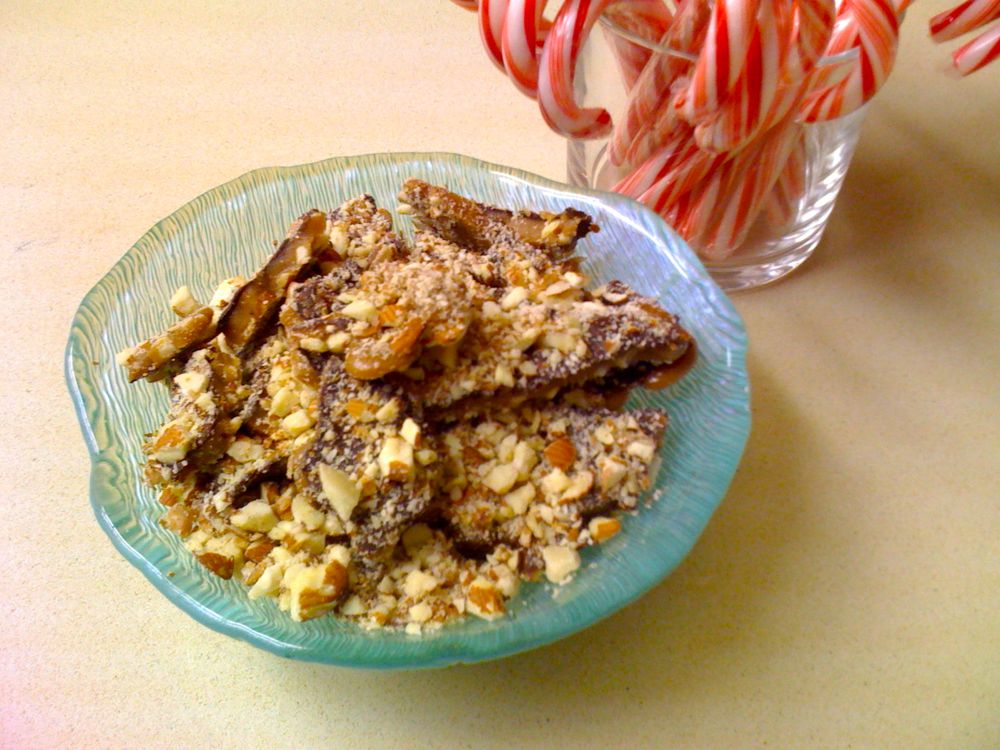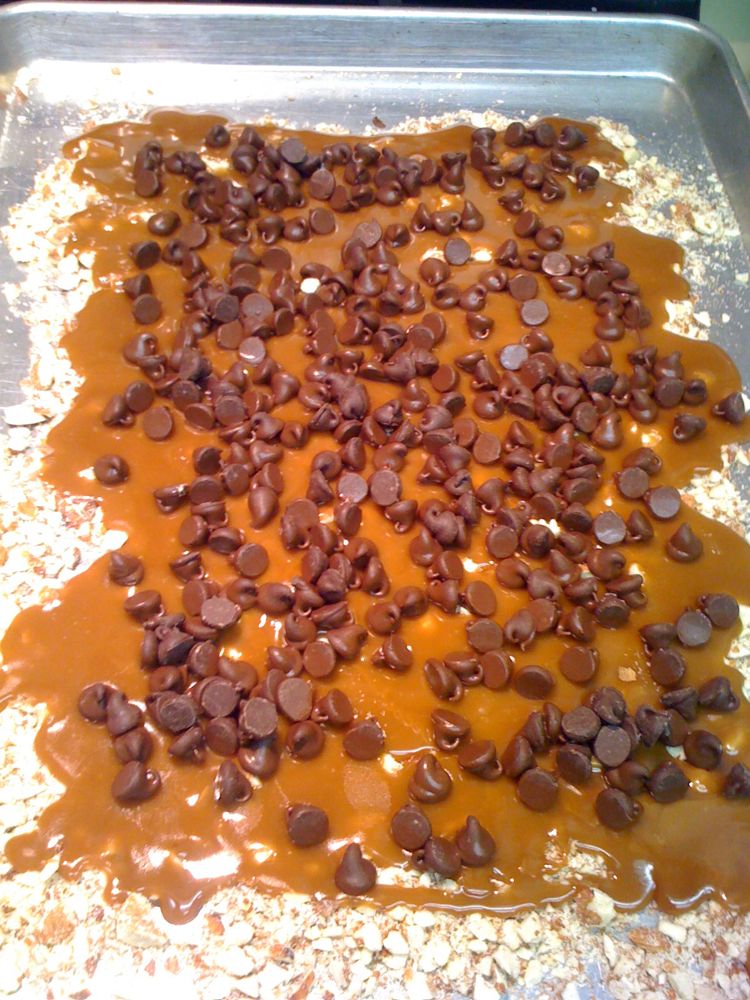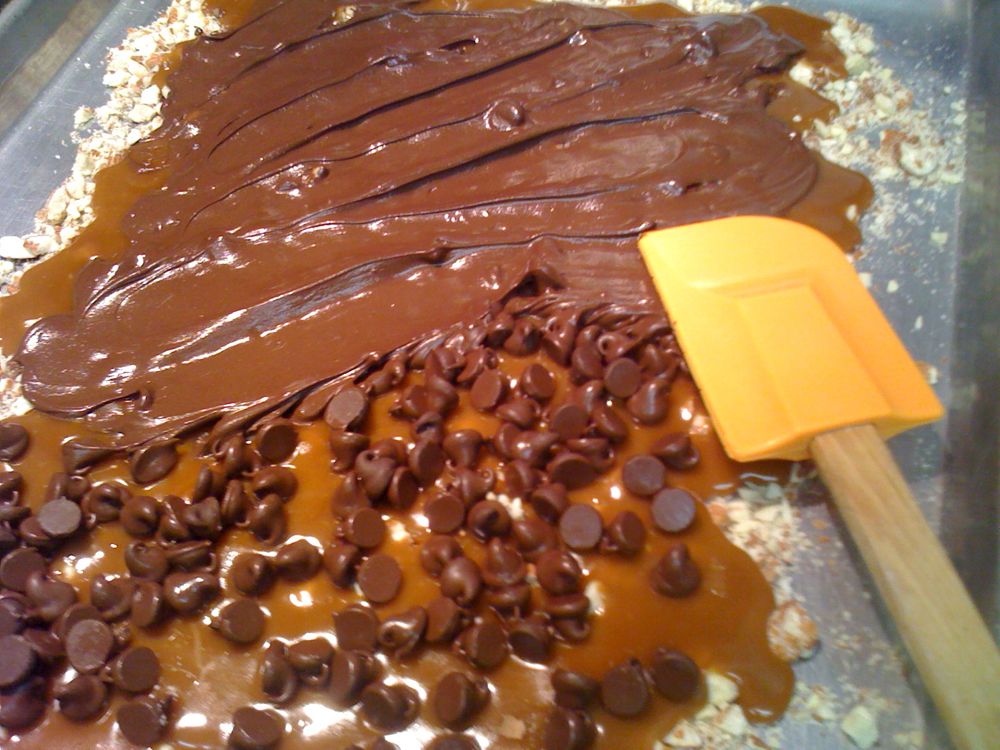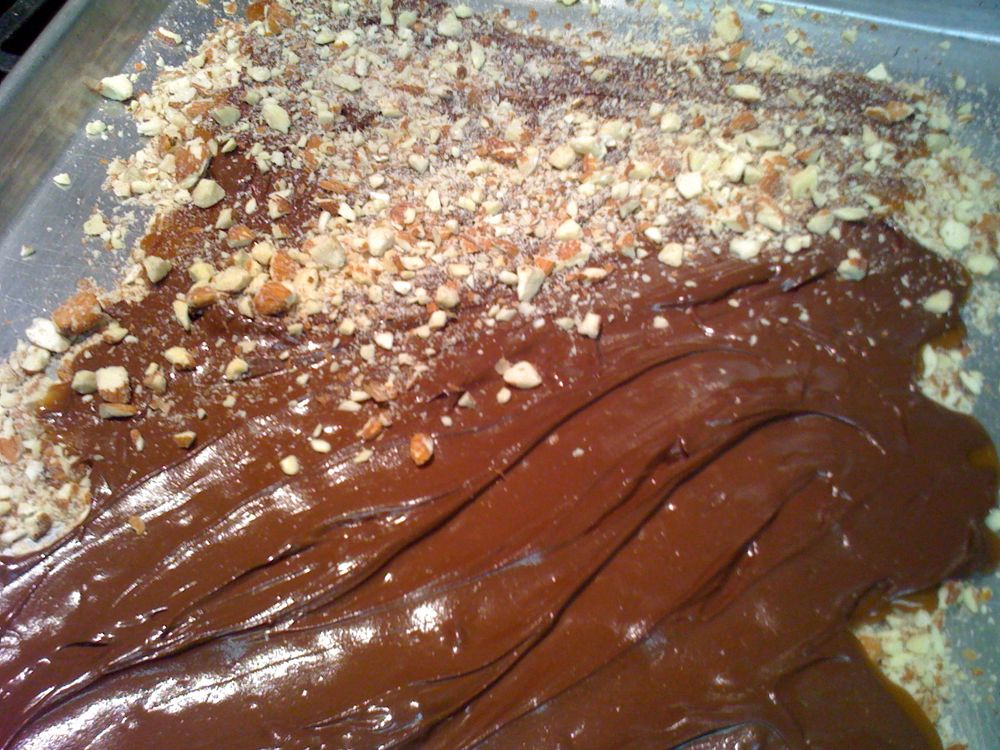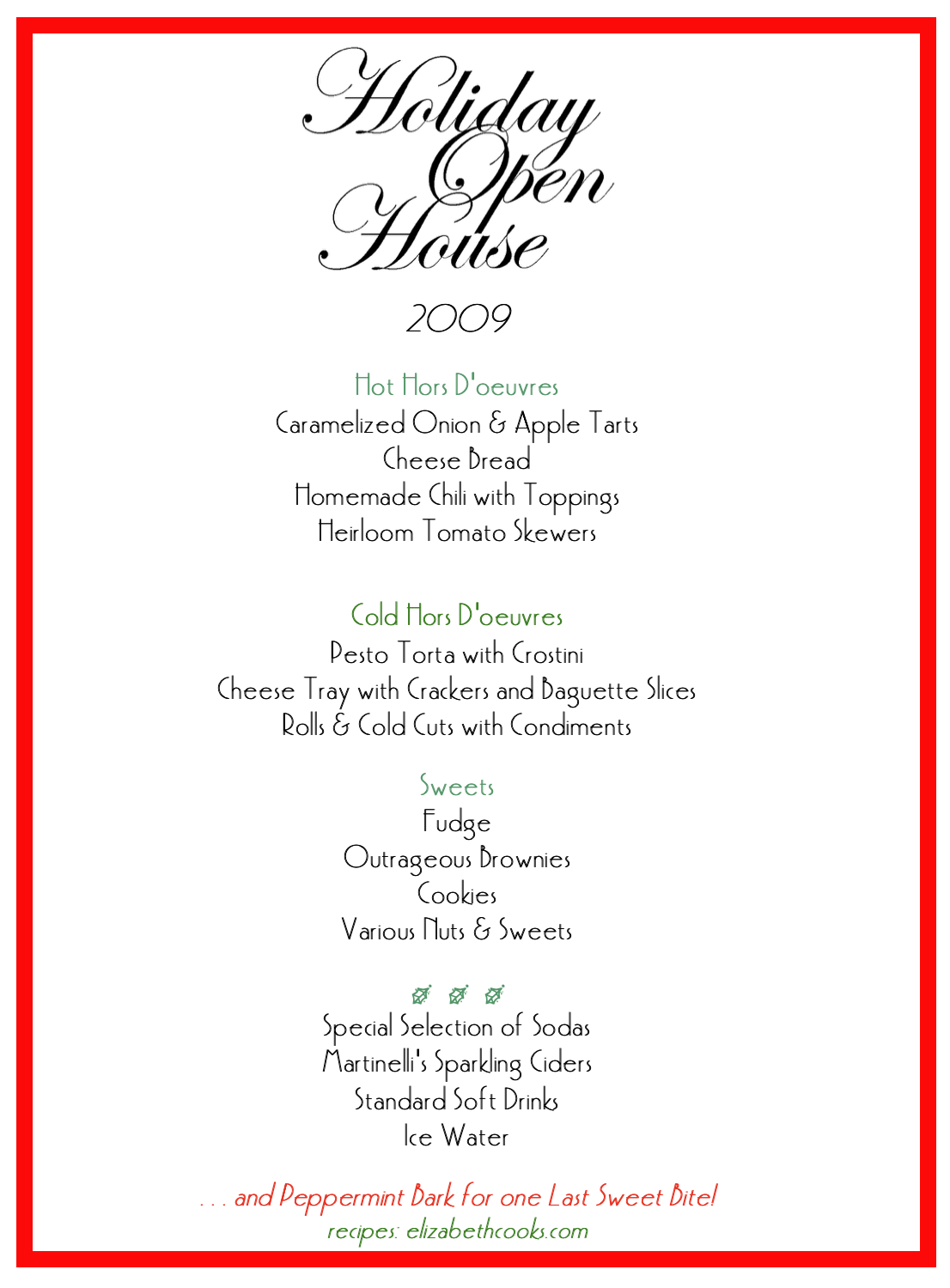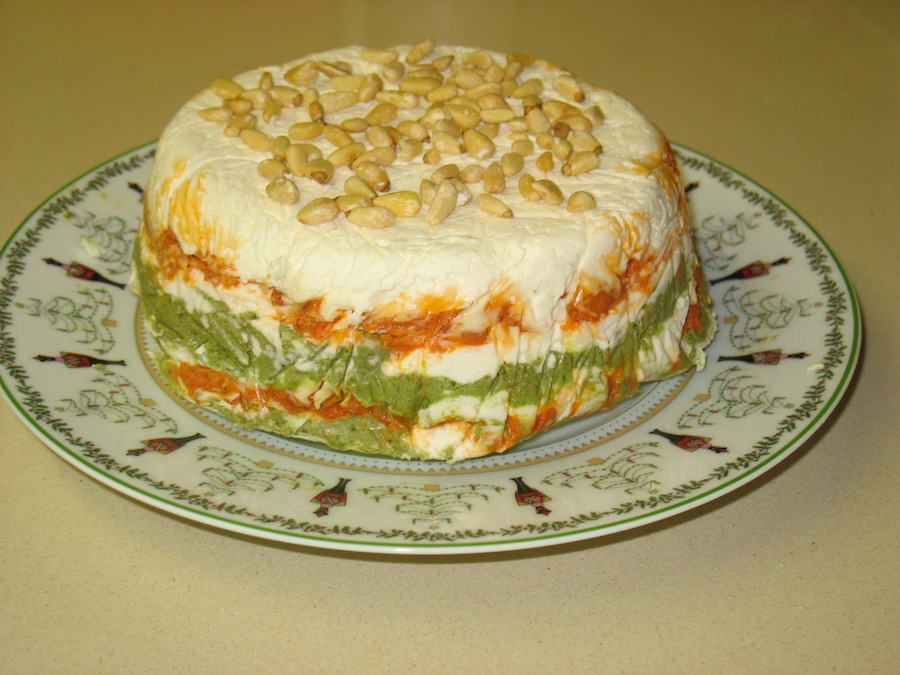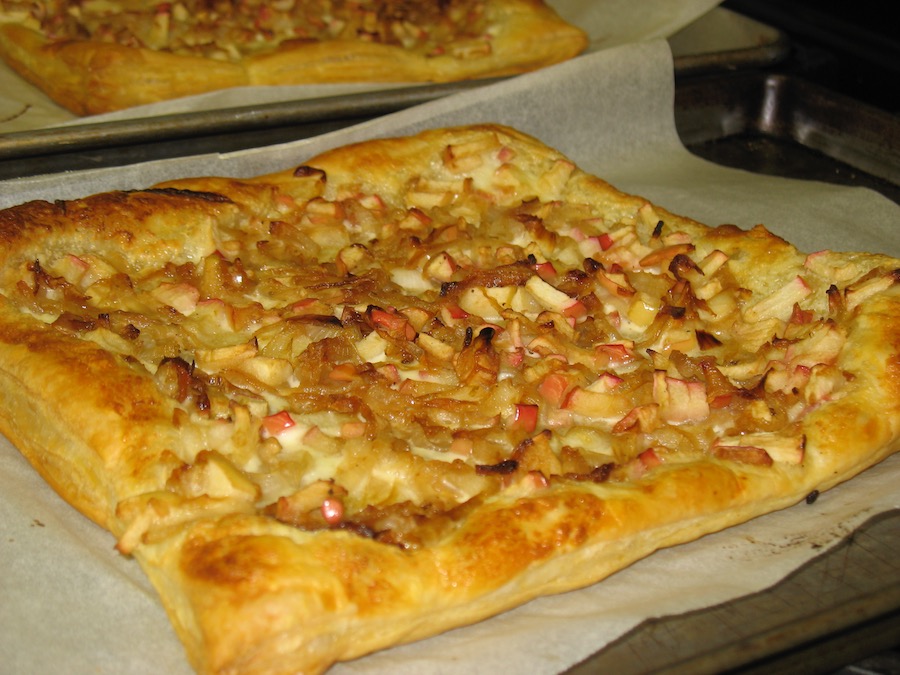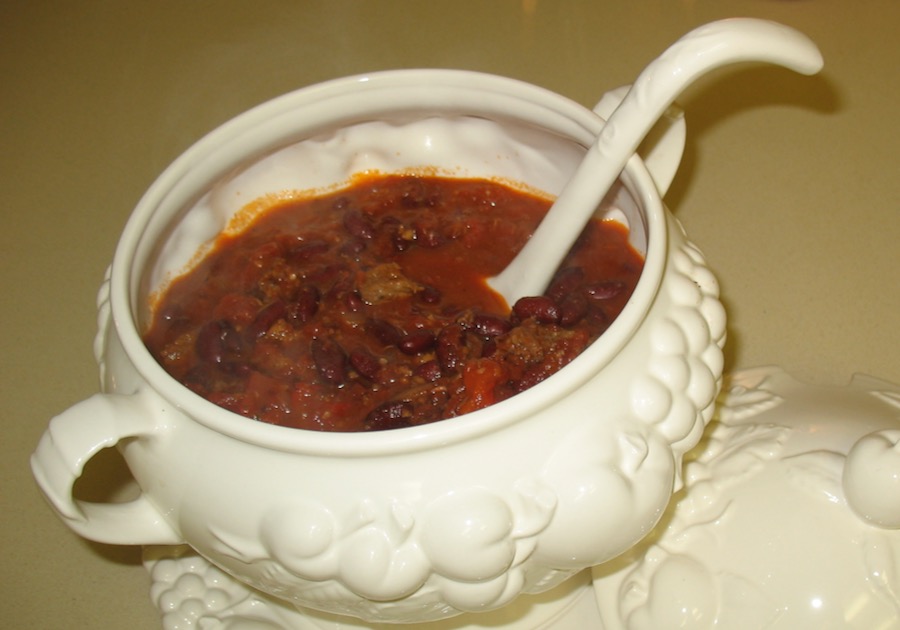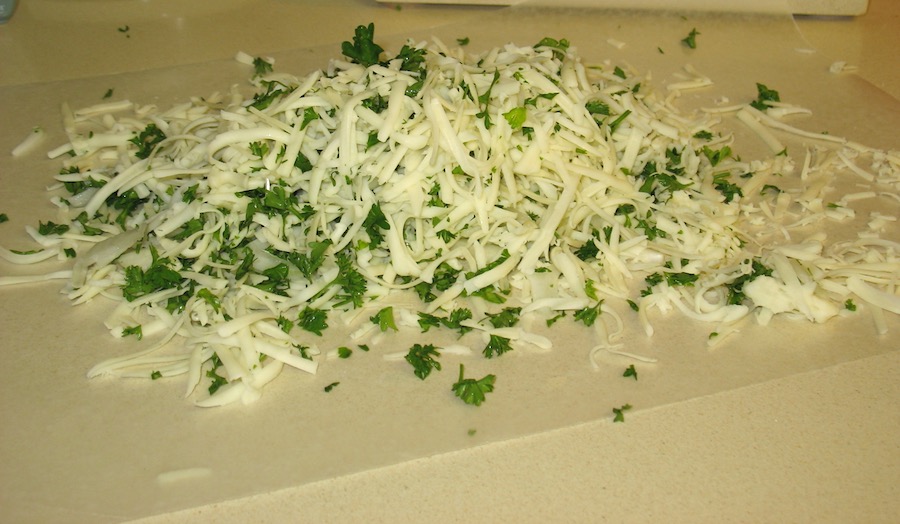Bratten’s was the name of a seafood restaurant that began in Salt Lake City, but also had a satellite restaurant in Ogden Utah, where my parents used to go.
My father and mother lived for a time in Boston, New England as it was known and fell in love with their clam chowder; Bratten’s came close to what they remembered.
So, somehow I got the recipe (this was before the internet, so maybe from my mother?) and have made it and loved it for many years as it makes a thick chunky soup. A niece, Lisa, asked if I had a good recipe, for she wanted to serve it on Christmas Eve. So that’s what prompted this post. When I get an original picture, I’ll post it, but for now, this one will have to do.
New England clam chowders are white, creamy soups. If you want the red, tomato-based soup, that’s known as Manhattan-style clam chowder.
Bratten’s New England-style Clam Chowder
2 (6 1/2 ounce cans ) clams, or 1 pound minced clams with juice
1 cup finely chopped onion
1 cup finely diced celery
2 cups diced raw potatoes
1 quart milk
3/4 cup butter
3/4 cup flour
1 1/2 teaspoons salt
2-3 teaspoons red wine vinegar
Drain juice from clams and pour over vegetables (sometimes I have to add another can of clam juice to cover, or just use a little chicken broth or water). Cook until tender, about 20 minutes. Make a white sauce with the butter, flour and milk.* Add undrained vegetables, clams (chopped, if desired) and vinegar and heat thoroughly. Season with salt and pepper. Cook’s Note: Don’t let it stand half warm on the stove. After serving (immediately), stir it often to let it cool down and refrigerate.
*”Make a white sauce?” Can you tell this is an old recipe?
To make a white sauce, melt the butter in a heavy pan, and add the flour all at once. Cook, stirring, until this mixture–a roux–seems to become well-blended and cooked. Add the milk*, a little at a time, until it’s a creamy mix, then add the rest of the milk. If the milk is cold, it will stop the cooking–that’s why I like to do it a little at a time. Besides the Joy of Cooking Cookbook says to do it that way as well.
I always like soups better the next day. This one is no exception.
When we were in Italy, their traditional Christmas Eve meal is a feast of many different kinds of fish. This soup would be perfect to add that kind of celebration. One more tidbit: we always serve this with Oyster Crackers, small round crackers found in the grocery store. Trader Joe’s has the best ones.
*Note: Now we make our “white sauce” with chicken broth, and add a little cream at the end.
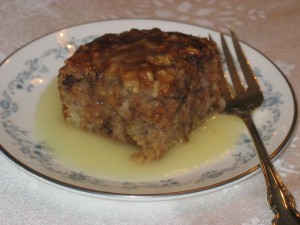 Who knows where I got this recipe, but it’s been a favorite of mine to serve at Christmas for just about forever. For Thanksgiving it was always pumpkin and mincemeat pie, and for Christmas, it’s Gingerbread Cake and this. It’s a moist cake with strands of fresh apple, crunchy walnuts and an old-fashioned English-cake-pudding texture. It’s best served with Elizabeth’s Lemon Butter Sauce.
Who knows where I got this recipe, but it’s been a favorite of mine to serve at Christmas for just about forever. For Thanksgiving it was always pumpkin and mincemeat pie, and for Christmas, it’s Gingerbread Cake and this. It’s a moist cake with strands of fresh apple, crunchy walnuts and an old-fashioned English-cake-pudding texture. It’s best served with Elizabeth’s Lemon Butter Sauce.